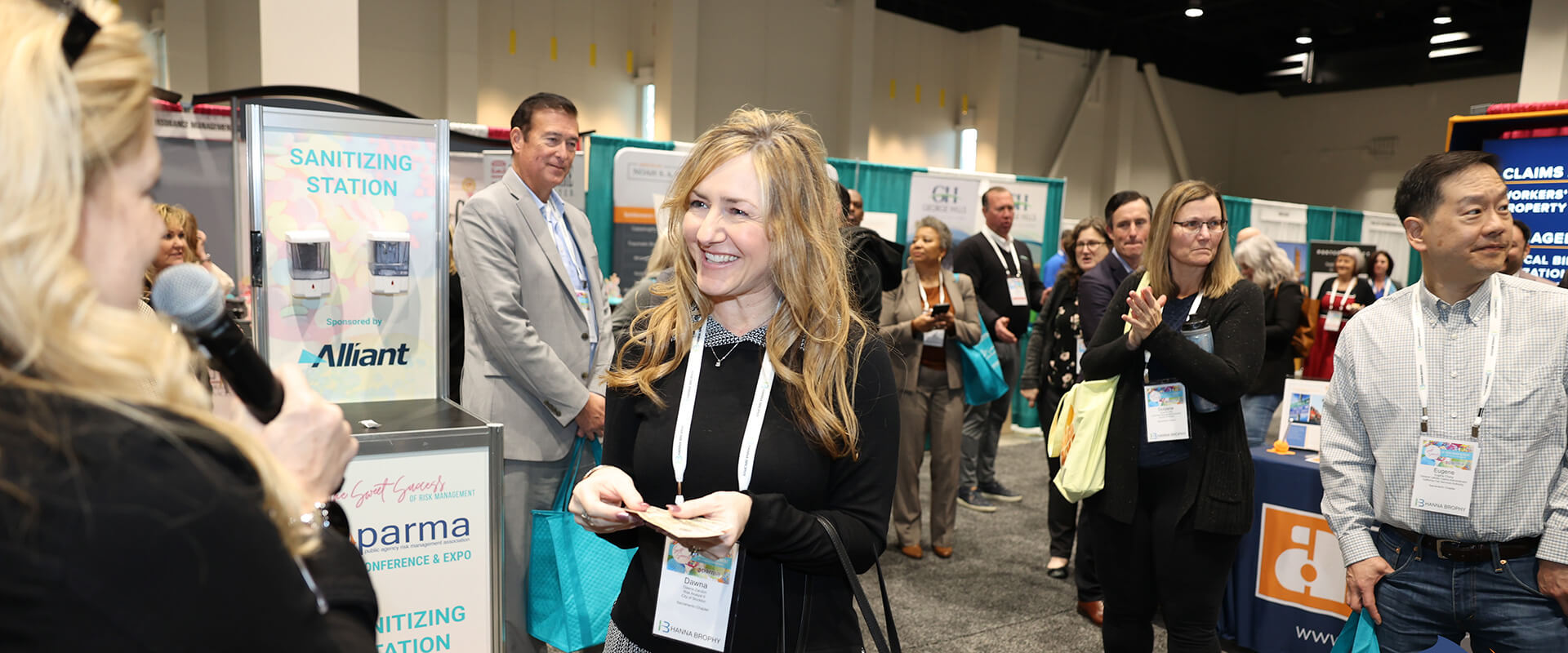America’s opioid crisis has shifted. As Congress and the White House have dawdled, the overdose death toll has continued its steady climb — reaching more than 49,000 in 2017, an increase of nearly 7,000 over the previous year, itself a record-breaker. But the primary agent of death is no longer ordinary prescription painkillers. It’s illicit fentanyl, often mixed with heroin or some other street drug.
This change calls for an equally drastic shift in the effort to prevent opioid deaths. Tighter controls on prescriptions for oxycodone and hydrocodone are no longer enough to limit supply. The U.S. needs a comprehensive and multi-targeted strategy to restrict the importation of illicit fentanyl, and a broader, better-funded push to reduce its demand.
Since 2011, fatal overdoses from drugstore opioids alone have remained relatively stable, but those involving fentanyl have shot through the roof. The far more lethal drug played a part in 60 percent of opioid deaths in 2017, according to the National Center on Health Statistics, up from 11 percent five years ago.
Fentanyl, created in 1960 as a treatment for cancer pain, has become popular on the black market in part because it’s synthetic. There’s no need to plant and protect acres and acres of poppies; fentanyl can be cooked up in a lab. And because it is so potent — a smattering of grains packs a deadly dose — it can be mailed around the world in tiny, concealable packages. Drug labs in China fulfill online orders from American users, or from traffickers in the U.S. and Mexico who add the fentanyl to heroin and other drugs to boost their effect, or press it into phony prescription-opioid pills.
Read more











